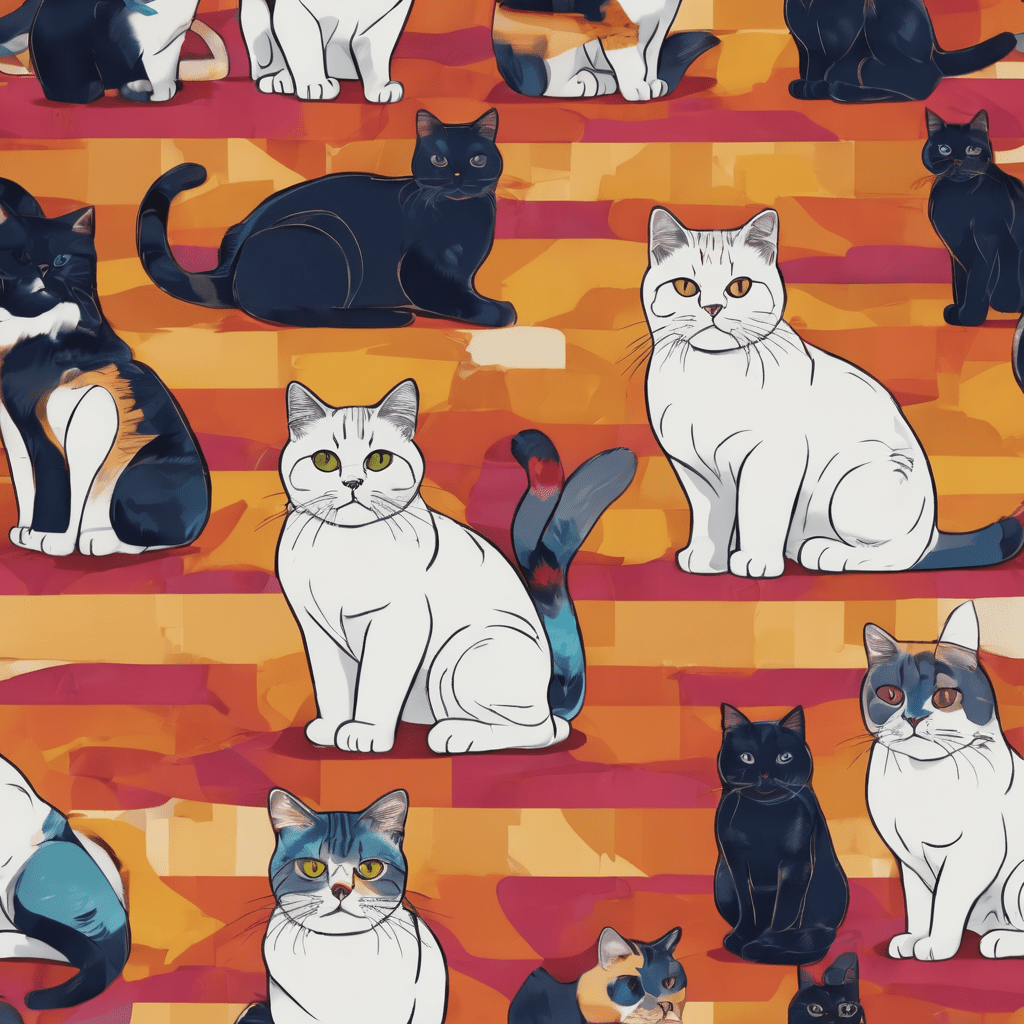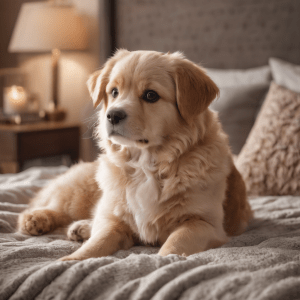
Exploring the Different Cat Breeds
The Origins and History of Cat Breeds
Throughout history, cats have played a significant role in human civilization, captivating hearts with their mysterious allure. The origins of cat breeds can be traced back thousands of years to ancient times. It is believed that domestication of cats first occurred in Egypt, where they were revered for their grace and agility. As time went on, cats gained popularity and spread to other parts of the world through trade and exploration.
In ancient Rome, cats were not only kept as companions but also as protectors of valuable manuscripts. They were highly regarded for their ability to hunt and keep rodent populations at bay, making them invaluable assets to society. As trade routes expanded, cats were introduced to different continents, where they adapted to their environments and gradually developed distinct characteristics. This led to the emergence of various cat breeds that we know today. From the sleek Siamese to the playful Maine Coon, each breed has its own unique history and origin story.
Understanding the Classification of Cat Breeds
Cat breeds have been classified based on various factors such as genetics, physical traits, and historical backgrounds. This classification helps us understand the distinct characteristics and origins of different types of cats. One common way to classify cat breeds is through their appearance, which includes factors like coat length, color, and pattern. This categorization allows us to distinguish between long-haired breeds such as the Persian and the Maine Coon, as well as short-haired breeds like the Siamese and the Abyssinian.
Another factor that aids in classifying cat breeds is their geographic and historical origins. Certain breeds are known to have specific regions or countries of origin, which adds to their uniqueness and cultural significance. For example, the Scottish Fold originated in Scotland, the Bengal in the United States, and the Ragdoll in California, USA. Understanding the historical context and geographical roots of each breed provides a deeper appreciation for their heritage and helps in comprehending the reason behind their specific traits and characteristics. Overall, the classification of cat breeds allows us to better understand and appreciate the wide diversity present in the feline world.
The Unique Physical Characteristics of Various Cat Breeds
The physical characteristics of different cat breeds vary greatly, showcasing their unique and distinct features. From the striking blue eyes of the Siamese to the luxuriously long and silky fur of the Persian, these traits contribute to the individual charm of each breed.
Some cat breeds are known for their distinctive coat patterns and colors. For instance, the Bengal breed displays a beautiful marbled or spotted coat that resembles that of a leopard. On the other hand, the Maine Coon possesses a shaggy and tufted fur, which helps protect them from harsh weather conditions. Whether it’s the short and sleek coat of the Abyssinian or the curly and hypoallergenic coat of the Selkirk Rex, these unique physical attributes are a source of admiration and fascination for cat lovers worldwide.
Exploring the Temperament and Personality Traits of Different Cat Breeds
Cats, with their enigmatic nature and independent spirit, possess a wide range of temperaments and personality traits that set them apart from one another. From the playful and energetic Abyssinian to the calm and affectionate Ragdoll, each breed brings its own unique characteristics to the table.
Some breeds, such as the Siamese, are notorious for their talkative nature and outgoing personalities. They thrive on social interactions and enjoy being at the center of attention. On the other hand, breeds like the Persian are known for their tranquil and gentle demeanor, making them excellent companions for those seeking a more peaceful and relaxed environment. It is fascinating to observe how different breeds exhibit varying temperaments and traits, providing endless options for cat lovers to find a feline companion that perfectly aligns with their own personality.
Popular and Beloved Cat Breeds Around the World
The world is home to a vast array of cat breeds, each with its own unique qualities and charm. Among the most popular and beloved cat breeds around the world is the Maine Coon. Originating from the northeastern United States, the Maine Coon is known for its large size, tufted ears, and luxurious, water-resistant coat. These gentle giants are renowned for their friendly and sociable nature, often forming strong bonds with their human companions. Despite their size, Maine Coons are surprisingly agile and are known to be excellent hunters.
Another breed that has captured the hearts of cat lovers worldwide is the Persian. With their strikingly beautiful appearance and long, flowing coats, Persians are undoubtedly one of the most elegant cat breeds. They have a calm and gentle demeanor, making them ideal companions for relaxing at home. Persians require regular grooming to maintain the luxurious beauty of their coats, but their loving and affectionate nature more than compensates for the extra care they need. These regal felines are often sought after due to their peaceful presence and their tendency to form strong attachments to their human family members.
Lesser-Known and Rare Cat Breeds to Discover
Beneath the veil of more familiar cat breeds lies a fascinating world of lesser-known and rare feline companions waiting to be discovered. These unique breeds, often overlooked and underappreciated, possess their own distinctive charms and allure. While not as widely recognized as their popular counterparts, these cats often have intriguing histories and physical features that make them truly one-of-a-kind.
One such rare breed is the LaPerm. With their curly, flowing coats, these cats stand out from the crowd. Their appearance can be described as tousled, with loose, bouncy curls that adorn their body. Originating in the United States, the LaPerm breed has a spontaneous mutation to thank for their distinctive fur. Despite its rarity, this breed is known to be affectionate, sociable, and full of mischief. So, if you’re seeking a cat that combines a unique and eye-catching look with a loving nature, the LaPerm might just be the perfect choice for you.
The Role of Genetics in Determining Cat Breeds
In the fascinating world of cat breeds, genetics plays a crucial role in determining their distinct characteristics. Through generations of selective breeding, specific traits have been passed down, resulting in the wide variety of breeds we see today. From their physical appearances to their temperaments, genetics help shape the uniqueness of each breed.
Genetics is responsible for the different coat colors and patterns that grace feline breeds. The presence of specific genes determines whether a cat will have a solid coat, striped markings, or spots. Additionally, genetics also influence the length and texture of a cat’s fur, resulting in breeds with sleek, short hair or fluffy, longhaired coats. Understanding the genetic makeup of cat breeds can provide valuable insights into their physical attributes and assist breeders in preserving and enhancing specific traits.
Factors to Consider When Choosing the Perfect Cat Breed for You
Choosing the perfect cat breed for you is an important decision that requires careful consideration. One factor to consider is your lifestyle and living situation. Some cat breeds, such as the Siamese, are known for their high energy levels and need for constant stimulation. If you live in a small apartment or have a busy schedule, a more independent and low-maintenance breed, like the British Shorthair, may be better suited to your lifestyle.
Another factor to consider is the level of grooming and maintenance required for different cat breeds. Long-haired breeds like the Persian require regular brushing and grooming to prevent their fur from matting. If you don’t have the time or inclination for frequent grooming sessions, a short-haired breed like the Abyssinian or the Bengal may be a better choice. By considering factors such as your lifestyle and the grooming needs of different cat breeds, you can make an informed decision and find the perfect feline companion to bring into your life.
Maintaining the Health and Care Requirements of Different Cat Breeds
Caring for the health and well-being of your cat is essential, regardless of its breed. However, different cat breeds may have specific health requirements that are important to address. Regular veterinary check-ups are crucial in ensuring your cat’s overall health and detecting any potential issues early on. Vaccinations, parasite prevention, and dental care are fundamental aspects of maintaining your cat’s well-being.
In addition to veterinary care, providing a balanced and nutritious diet tailored to your cat’s breed can greatly contribute to its health. Some breeds may have specific dietary needs based on their size, metabolism, or potential genetic predispositions. Consulting with your veterinarian or a feline nutritionist can help you determine the most appropriate diet for your cat. It is important to monitor your cat’s weight and adjust its diet accordingly to prevent obesity or malnutrition.
Enriching your cat’s environment is another crucial aspect of caring for its health. Different breeds may have varying energy levels and requirements for mental stimulation. Providing scratching posts, interactive toys, and perches can help satisfy your cat’s natural instincts and prevent behavioral issues such as boredom or anxiety.
Regular grooming is also an essential part of maintaining your cat’s overall health. Breeds with longer fur may require more frequent brushing to prevent matting and hairballs, while breeds with shorter fur may need less frequent grooming. Cats that are prone to dental issues may benefit from regular teeth brushing or dental treats.
By considering the specific needs of your cat’s breed and providing the appropriate care, you can help ensure your feline companion leads a healthy and happy life.
Tips for Training and Bonding with Your Chosen Cat Breed
When it comes to training and bonding with your chosen cat breed, patience and consistency are key. Start by creating a positive and safe environment for your cat. Provide them with a comfortable and stimulating living space, complete with toys, scratching posts, and cozy spots to relax.
To build trust and bond with your cat, spend quality time together each day. Engage in interactive play sessions using toys that stimulate their natural instincts, such as chasing and pouncing. Regular grooming sessions can also help strengthen your bond and serve as a calming activity for both you and your cat. Remember, building a strong relationship takes time, so be patient and let it grow naturally.


